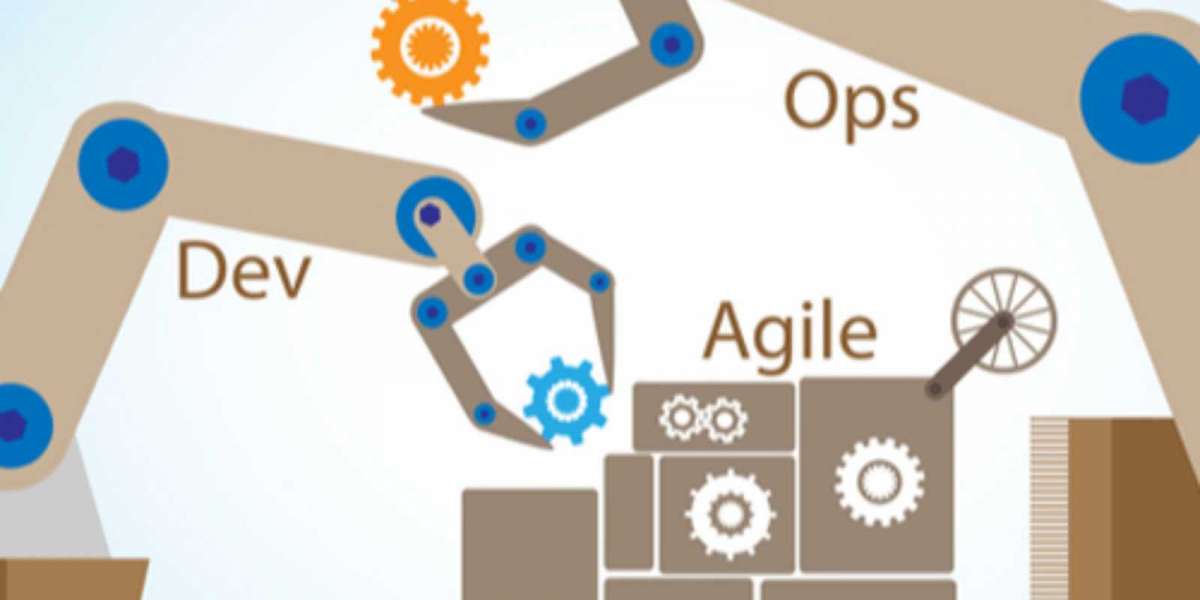One such transformative methodology is CI/CD, which stands for Continuous Integration and Continuous Delivery. This article delves into the core concepts of CI/CD, its integration with microservices, and best practices that can streamline the development lifecycle.
Understanding CI/CD:
CI/CD, an acronym for Continuous Integration and Continuous Delivery, represents a set of practices aimed at enhancing the development pipeline. Continuous Integration involves regularly merging code changes into the main branch, ensuring production-ready quality through automated builds and rigorous testing, including unit and integration tests.
Once the code changes have passed through Continuous Integration, the process moves on to Continuous Delivery. Here, the validated code is deployed to an environment mimicking production, and if necessary, manual approval is sought before deployment. Continuous Deployment, the final stage, automates the release into the production environment, ensuring a seamless and reliable deployment cycle.
CI/CD with Microservices:
In the context of microservices architecture, where applications are broken down into independently deployable services, CI/CD gains added significance. Each team of developers can autonomously develop and deploy microservices, fostering agility and rapid delivery. The synergy between CI/CD and microservices is explored in the following best practices.
Best Practices for CI/CD with Microservices:
- Automation Decision of Test and Process Sequencing: In the early stages, determining the sequence of code compilation and testing can be challenging. Prioritize the automation of smoke tests, followed by unit tests. Automating tests early reduces developers' workloads. Extend automation to functional testing, trailed by UI testing. Consider dependencies and their impact on other processes when deciding the sequence of automation.
Connect with Our Outreach Team: https://devopsenabler.com/contact-us
- Frequent Release of Software: Accelerate software releases by ensuring the code is in a release-ready state, and thoroughly tested in an environment mirroring production. Implement A/B testing for usability, allowing variants to be tested against each other. Release features to a subset of users before broader deployment, ensuring successful testing and feedback.
- Less Branching and Daily Commits: Minimize branching complexity to encourage developers to commit directly to the main branch from their local branches at least once a day. This approach promotes streamlined version control, allowing developers to focus more on development and less on version control intricacies. Embrace GitOps for a developer-centric experience in managing applications.
- Readiness to Apply Microservices: The adoption of microservices architecture requires a strategic and incremental approach. Align the migration with the mission, gradually replacing the old system with the new one. This approach ensures a smoother transition, mitigating potential disruptions to development teams.
- Maintain Security: Given that the CI/CD system involves handling codebase and credentials, enhancing security is paramount. Isolate CI/CD systems on a secure internal network and implement robust two-factor authentication and access management systems to minimize exposure to external and internal threats.
CI/CD is a cornerstone of modern software development, particularly when coupled with microservices architecture. By prioritizing automation, frequent releases, streamlined branching, and readiness for microservices, development teams can navigate the complexities of the software delivery lifecycle with agility and precision.
Adopting these best practices not only enhances the CI/CD process but also empowers development teams to adapt to the evolving challenges of the software development lifecycle. As organizations strive for innovation and efficiency, the symbiosis of CI/CD and microservices remains pivotal for achieving these goals. Stay abreast of the latest tools and practices in the DevOps landscape to continually refine and optimize your software delivery pipeline.
Contact Information:
- Phone: 080-28473200 / +91 8880 38 18 58
- Email: [email protected]
- Address: #100, Varanasi Main Road, Bangalore 560036.




